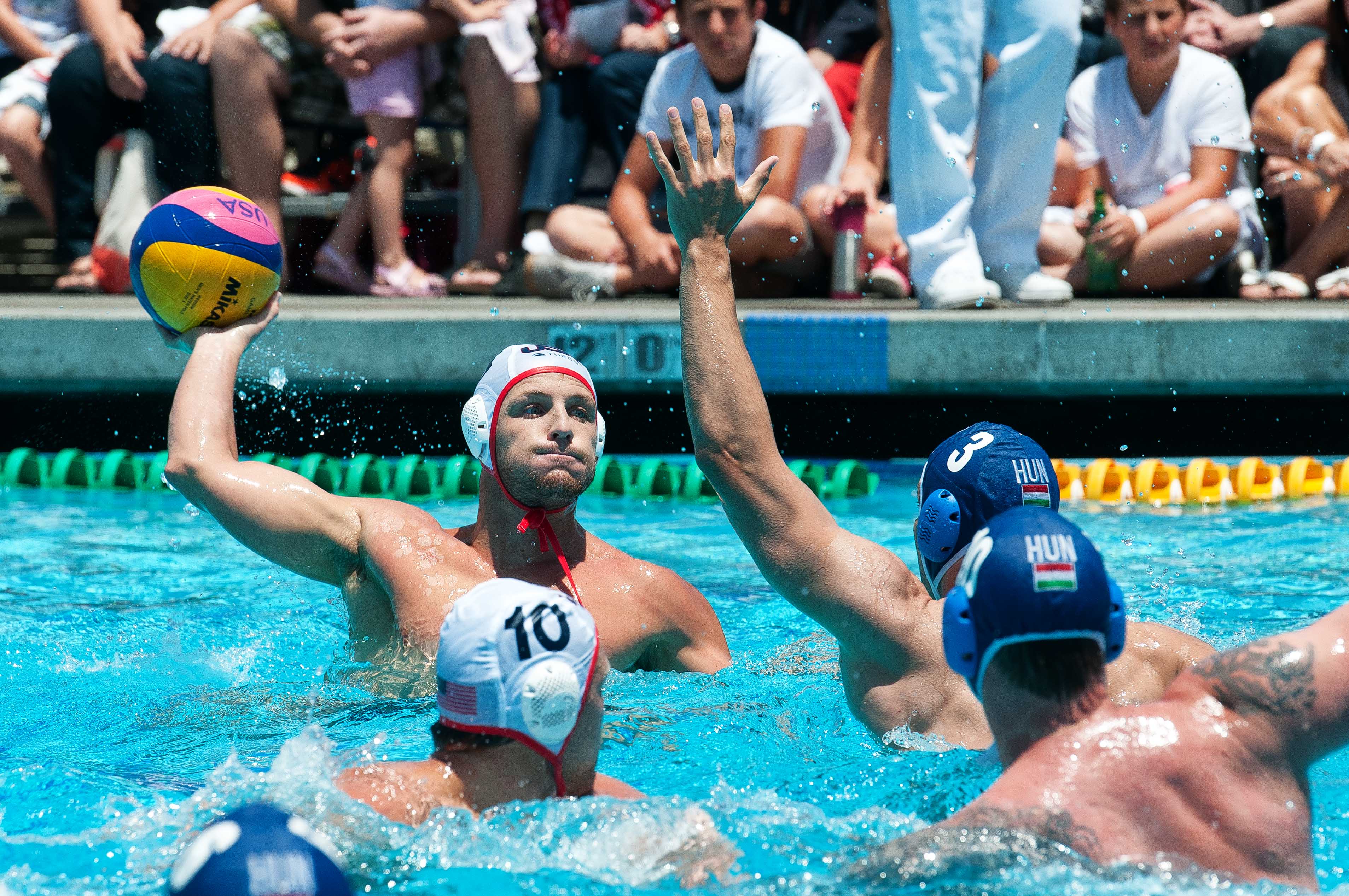Sports Psychology: Taking Action with Goal-Setting

All successful performance starts with clearly written goals. The greatest athletes in the world have an established system in place that helps them plan for growth and improvement in their sport. Developing your own improvement plan through appropriate goal-setting is a fundamental step on your athletic journey that will help you know you are on course to achieve your performance potential.
By now, from the first two goal-setting articles in this Bridge blog series, you may have a very clear understanding of your goal-setting tendencies and the types of goals that will help you find improvement and enjoyment faster. Athletes with a task/mastery focus who set more performance and process oriented goals will have more control over their athletic progress and will also approach competition and training with more optimism and enthusiasm for learning.
In the following tips and techniques, you will discover the most effective and important components of a complete goal-setting plan. Because goals direct your effort and attention toward a specific target, you must learn how to set yourself up for success. If you are a coach looking to give your team and athletes a competitive edge, I would recommend you schedule goal-setting sessions with them at the beginning of the next training phase or season. Always follow these guidelines:
- Start by committing to written goals: Goals that are developed through word of mouth or thought do not have as much staying power as when they are written on paper. Accountability toward accomplishing your goals also increases when they are written.
- Use positive wording for all goals: Think of what you want to accomplish in your sport rather than what you want to avoid or stop doing. The self-critic inside of us is the toughest hurdle to overcome but when you start to set your sights on what you want to accomplish, you will start to see it more often!
- Create a goal staircase [click to download] to accomplish very long term goals: This is a clear and systematic way to mapping out success. In the goal staircase worksheet, you can also track progress by taking notes as you achieve each short-term step along the way.
- Use the SMART acronym: This acronym teaches you a system to setting specific performance based goals:
- Specific – include in the written goal the exact task or skill to accomplish or improve
- Measurable – add some kind of metric in order to have an idea when you have achieved the goal (i.e. a time standard or distance)
- Adjustable – you will want to set moderately difficult goals but as you start to work on accomplishing them, check your ego from time to time if progress isn’t made. You may need to reset the initial target before pushing forward toward the ultimate goal.
- Realistic – this goes hand in hand with adjustable but as you set your goal make sure you know what your current ability may be in relation to that goal.
- Timely – always add a due date to your goal so that you can track progress on your calendar.
- Recruit an accountability partner: Teammates, friends, coaches, and parents are all good examples of people who can push you toward your goals when you don’t have the drive yourself. Exchange your written goals and goal staircases with them and have regular check-in meetings to track progress.
- Set training and competition goals separately: You will have a challenging time competing at a high level if you do not train like you want to compete. Setting separate goals for training helps you move into automatic competition mode when you enter games and matches.
- For teams, set group or team goals: Everyone on the team should know the accomplishments they would like to achieve and they should have some level of contribution in the goal-setting process at the beginning of the season.
Follow these goal-setting steps creates a foundation for athletic success. Even though you will plan for your future performance very effectively with this structure, your success will be based on the execution of your plan. If you adopt a “set it and forget it” mindset to goal-setting then you will most likely fail or reach complacency. Be sure to find some accountability either from posting your written goals in places where you will see them or by relying on accountability partners. A supportive environment is a fantastic catalyst for goal success!
Download example goals here to help you and your team get started

About the Author

At Bridge, we are all athletes and coaches first. As athletes, our team has experienced everything from riding the pine on JV, to winning NCAA championships, to competing in the Olympic Games. As coaches, we have helped countless athletes reach their full potential, winning everything from age group section championships to Olympic Gold Medals.
Related Posts

Beating Jet Lag and Nutrition on the...
It is important for athletes to understand how travel during the competition season affects their...

Can Social Media Provide a Competitive...
There are endless forms of technology in today’s tech-savvy world, and social media, in particular,...

Water Polo Leg Strength Progression
There are many different elements that strength coaches must consider when designing water polo and...

